Other national monitoring schemes
Ringing Scheme
Bird ringing generates information on the survival, productivity, and movements of birds, helping us to understand the reasons for population change. Ringing data have helped us to identify poor breeding success as the main demographic driver of wader population declines.
Ringing waders on their breeding grounds is especially valuable, particularly when birds are colour-ringed. This allows resighting without the need for recapture, reducing both disturbance to the birds and the resources required to monitor them.
For waders, Retrapping Adults for Survival (RAS) projects can provide much-needed rigorous information on annual survival trends. Changes in adult survival can have big impacts on wader population change, as these species generally have long lifespans and low productivity. Unfortunately, there are very few wader RAS projects in the UK due to the difficulty of catching and ringing the required number of adults.
For a successful RAS project, ringers and local individuals aim to re-encounter (catch or resight) 30–50 individual adult birds of a single species in a study area during the breeding season. The study area should be well-defined, with the chance of adults in the area being caught or resighted being the same every year.
Only licensed ringers with relevant permit endorsements can ring waders.
- Consider contacting local ringing groups to find out whether interested ringers might be available to contribute to your study.
- Contact waders@bto.org if you cannot find local ringing groups by searching online.
Breeding Bird Survey (BBS)
The BTO/JNCC/RSPB Breeding Bird Survey (BBS) involves thousands of volunteers carrying out transect surveys each year in a set of randomly selected squares. It has been instrumental in informing our understanding of wader population declines and conservation decision-making.
If you can identify all the main bird species regularly breeding in your region, please check whether there are any BBS squares in your study area, and whether they have been allocated to a volunteer.
If they haven’t been allocated, you could take on a square within your study area, with the option of completing an additional BBS Breeding Wader visit if your square contains breeding waders.
Breeding Waders of Wet Meadows
Breeding Waders of Wet Meadows is a large-scale, intermittent survey to help monitor long-term population changes of our lowland breeding waders in England and Wales. The survey has taken place in 1982, 2002, partially in 2009–10, and again in 2021–22.
The purpose of the survey is to assess the importance of both existing and new lowland wet grassland and other breeding wader habitats in England, as provided by agri-environment schemes, for declining breeding birds such as Curlew, Lapwing, Redshank and Snipe.
The survey covers historic wader sites as well as newly created/managed farmland wader habitat, including arable Lapwing Plots. Simple habitat and land management measures are also recorded.
You may also be interested in:
Contact the Wader Hub
Get in touch
We can offer advice about any of the Hub’s supported methods, and about wader monitoring more widely.
Guides and resources
All our bespoke Wader Hub resources, from support for new projects to detailed information about survey techniques.
Send us your feedback
We want the Wader Hub to be as valuable as possible for everyone involved in wader conservation. Send us your feedback:

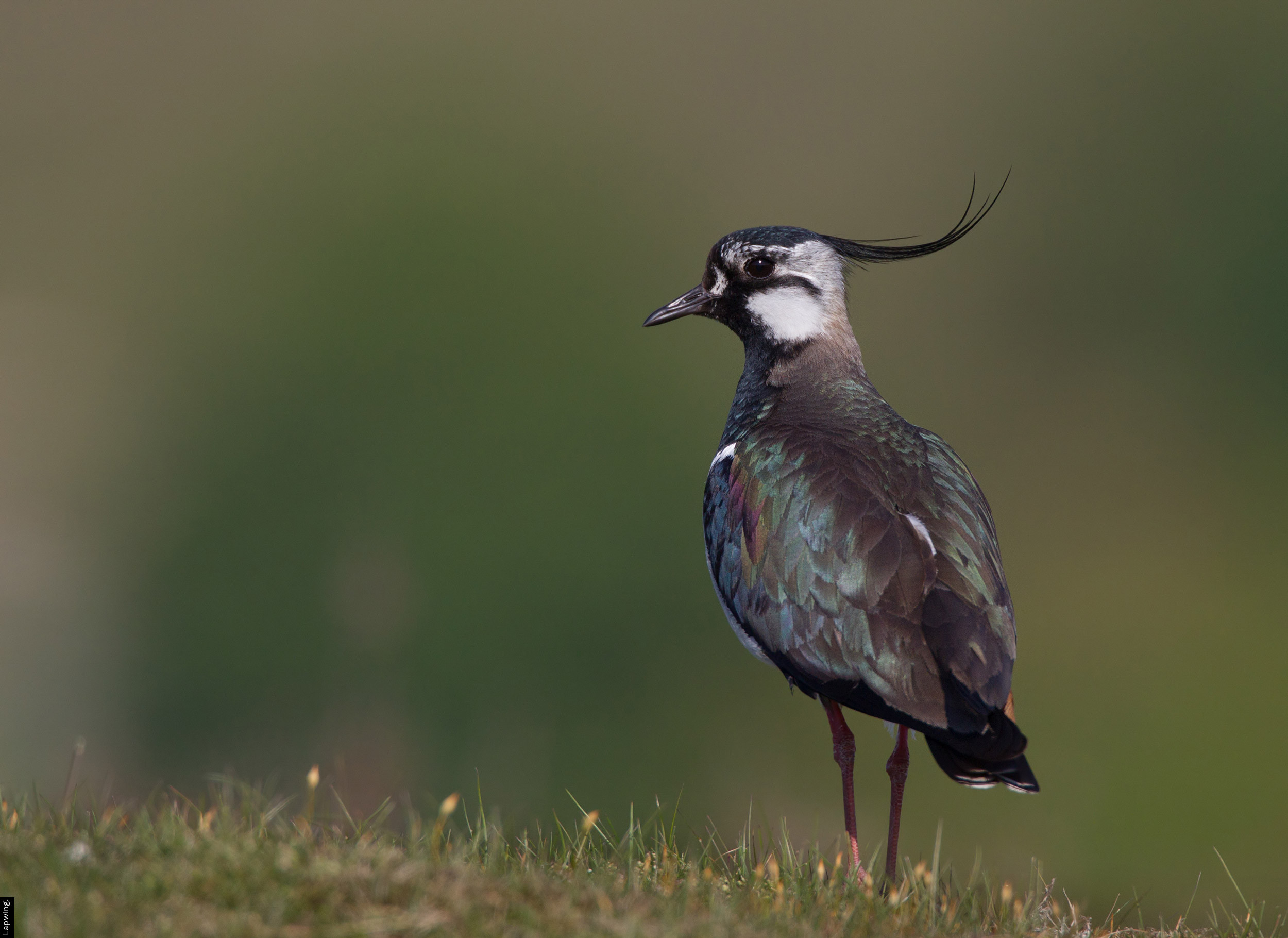
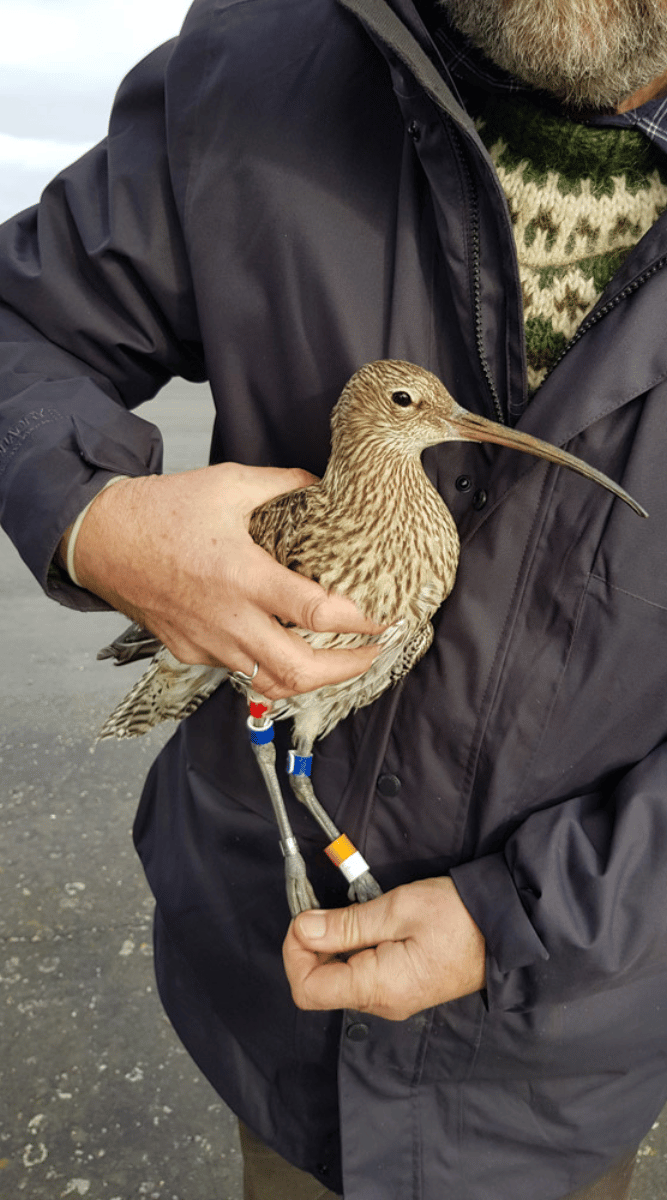
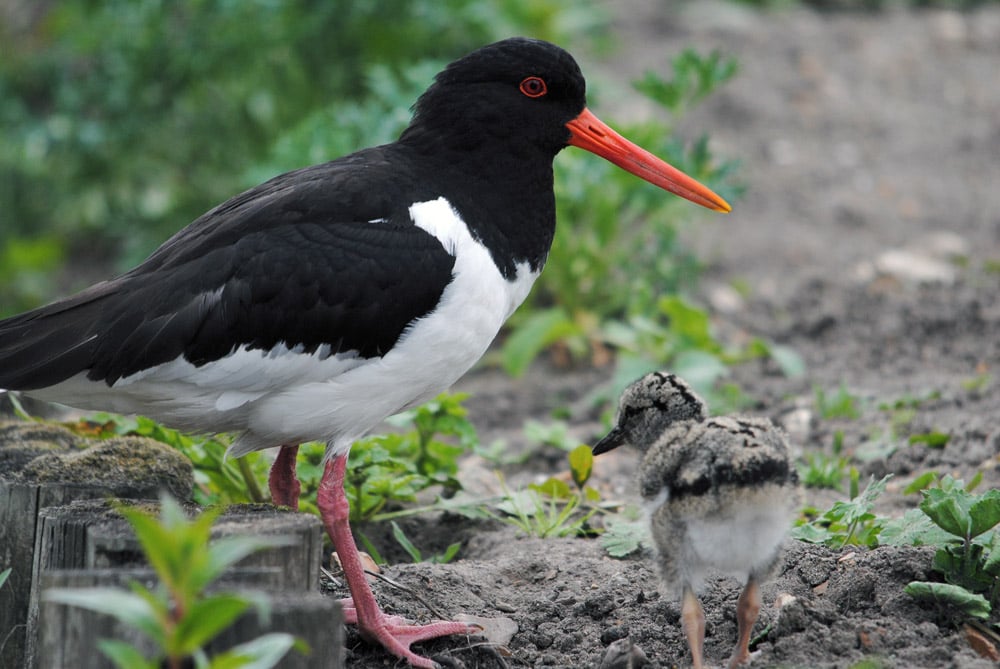
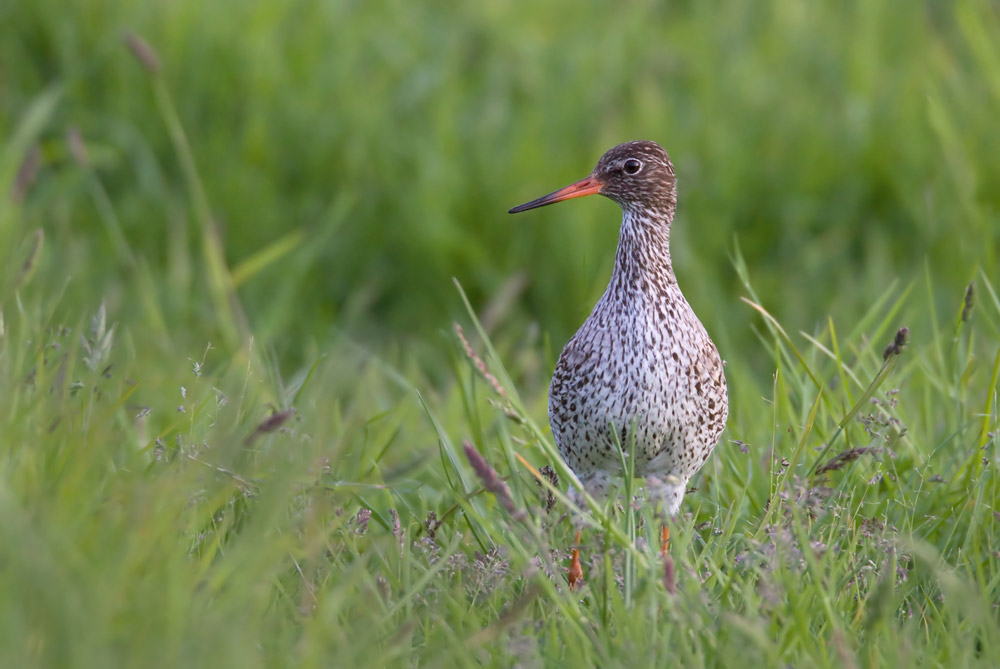
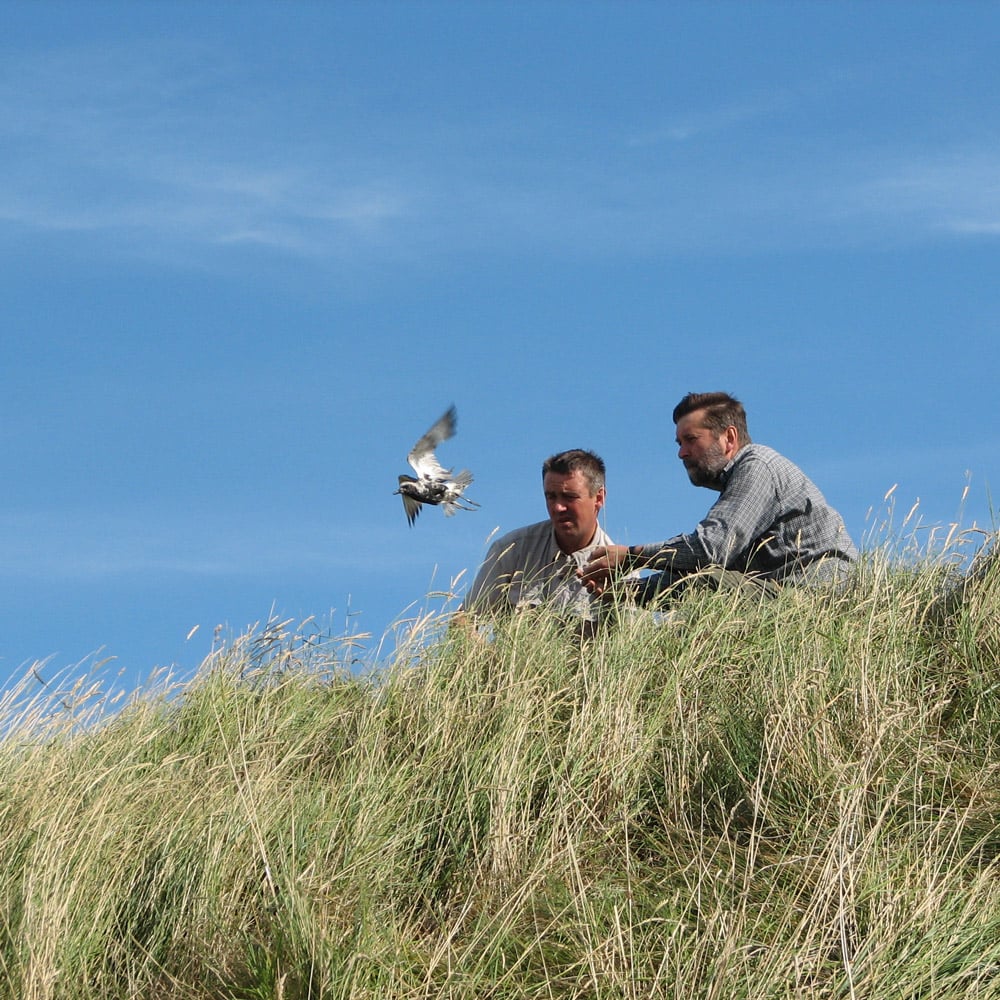
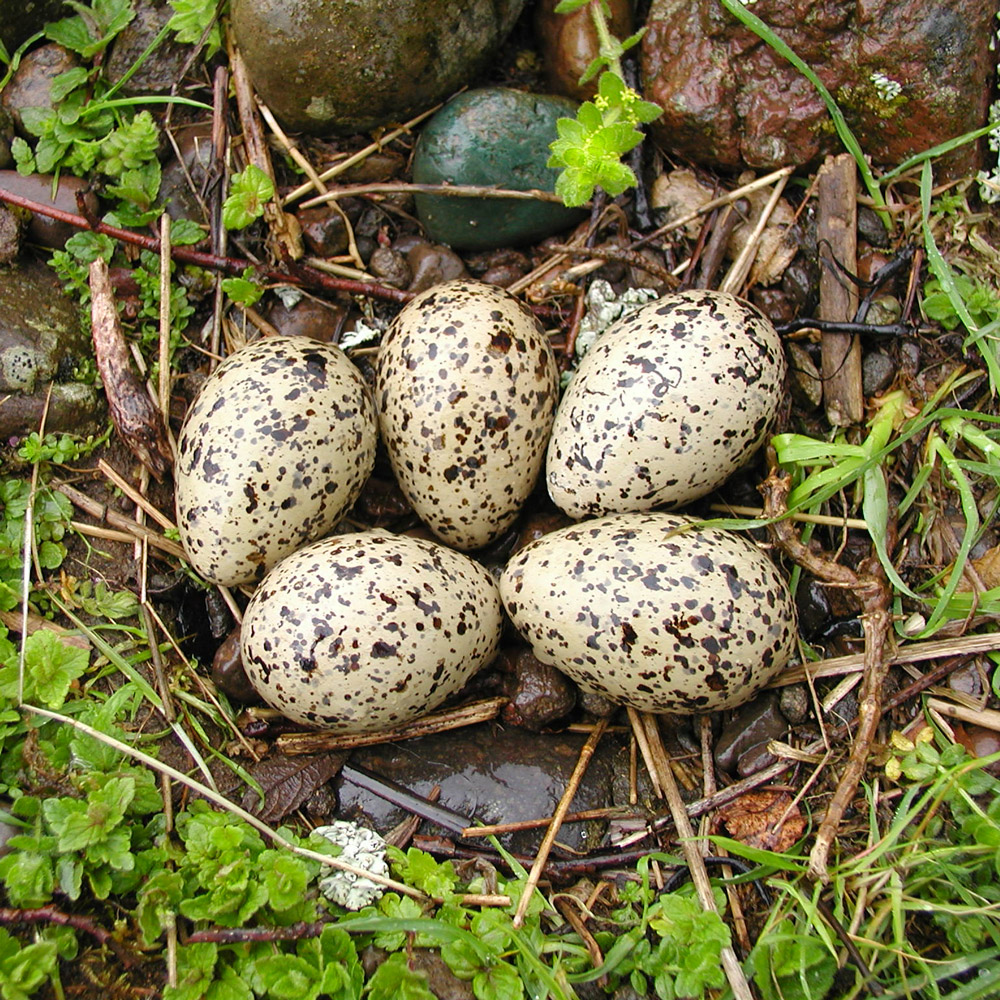
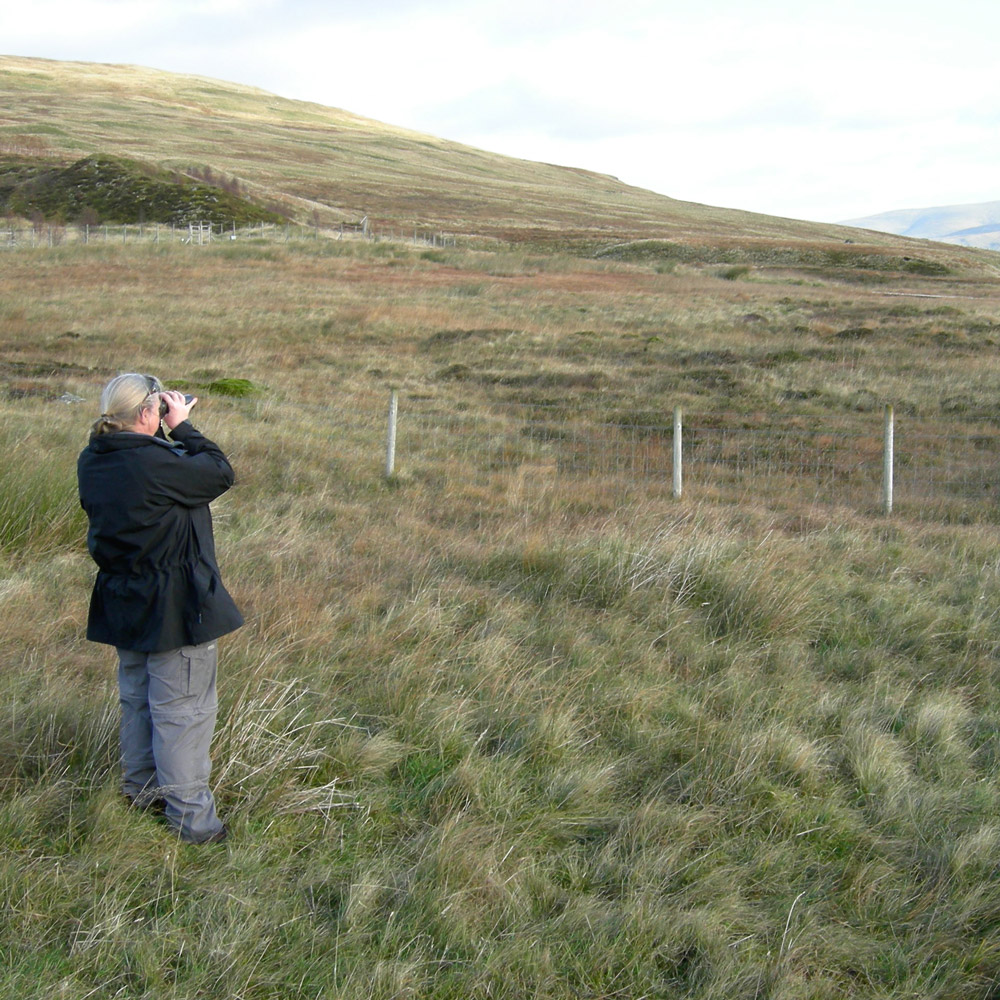

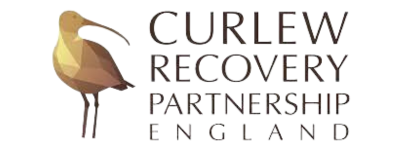






Share this page